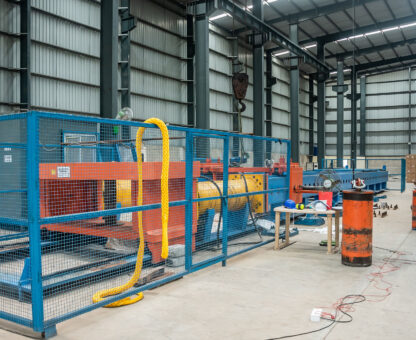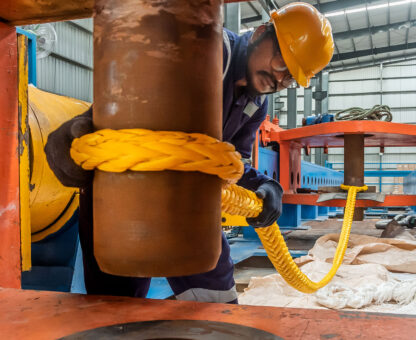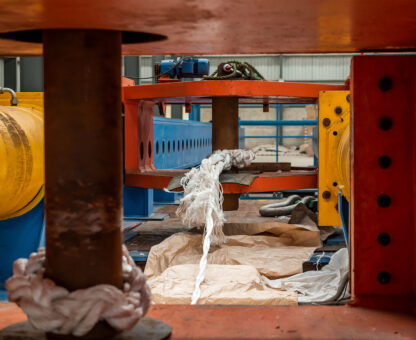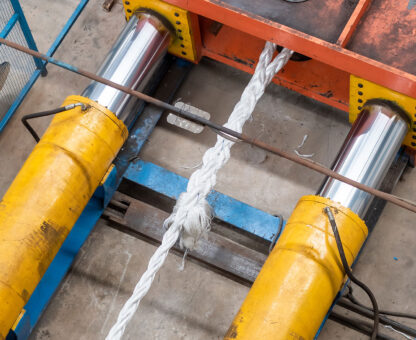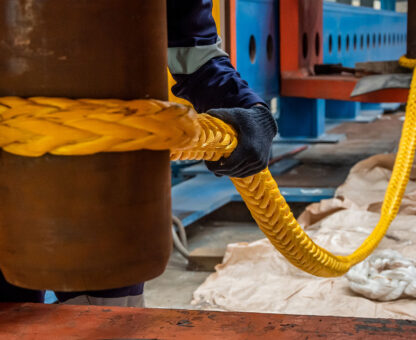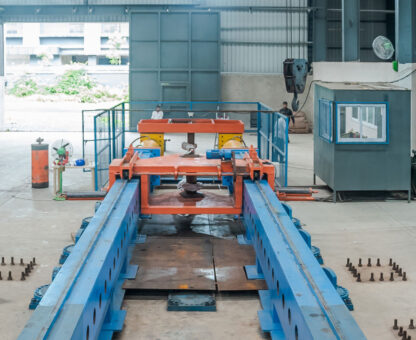10 Essential Rigging Safety Tips Every Operator Should Know
Rigging is a critical part of many industries, from construction to logistics, where heavy loads need to be lifted, moved, and positioned with precision. However, rigging hazards are present in any environment, and poor practices can lead to accidents, injuries, or even fatalities. Ensuring safety on the job site is paramount for every rigging operator, and knowing the best practices is essential. Here are 10 essential rigging safety tips every operator should know to minimize risks and protect everyone involved.
1. Perform a Thorough Lifting Safety Checklist
Before starting any lifting operation, conduct a comprehensive safety checklist. The checklist should include:
- Inspection of all rigging equipment
- Verification of load weight and dimensions
- Ensuring proper rigging gear is being used
- Confirming that the environment is free of obstructions or hazards.
A lifting safety checklist can help identify potential risks before the lifting begins, allowing operators to address any concerns beforehand.
2. Inspect Rigging Equipment Regularly
Always inspect rigging equipment such as slings, hooks, and shackles before each use. Look for any signs of wear or damage, such as:
- Fraying or cuts in slings
- Cracks in shackles
- Rust or corrosion on hooks
- Signs of stretch or deformation in chains.
Rigging equipment should be inspected according to the manufacturer's guidelines, and any damaged items should be replaced immediately to avoid accidents.
3. Understand Load Weight and Capacity
Never attempt to lift a load without knowing its exact weight. Overloading rigging equipment is one of the leading causes of accidents. Make sure the rigging gear you're using is rated for the weight of the load, and always keep safety margins in mind. If you're unsure about the load weight, consult with engineers or use proper weighing equipment to determine it.
4. Use the Right Rigging Gear for the Job
Each lifting operation requires different types of rigging gear, including slings, cables, hooks, and hoists. Choose the right gear based on the load type, environment, and lifting method. For example, nylon slings are perfect for delicate loads, while wire ropes are suited for heavy-duty operations. Using inappropriate gear can increase the risk of failure.
5. Ensure Proper Sling Angle
The angle of slings is a crucial factor in lifting safety. Sling angles that are too steep or too shallow can reduce the load capacity, increasing the risk of equipment failure. Always ensure the sling angle is within the recommended range (usually 30 to 45 degrees) and adjust the lifting configuration as needed.
6. Never Stand Under a Suspended Load
A suspended load can shift unexpectedly, posing a serious danger to anyone beneath it. Always avoid standing or working under a load, and make sure all workers are clear of the lifting area before the load is lifted. Establish a “no-go” zone around the load to ensure that no one is within the danger radius.
7. Be Mindful of Environmental Factors
Weather conditions and the surrounding environment can affect rigging safety. Wind, rain, or snow can impact visibility and load stability. Always assess the weather before lifting operations and halt any lifts if conditions are unsafe. In addition, ensure that the ground is stable and level before setting up equipment.
8. Use Proper Communication
Clear communication between all team members is essential for a safe rigging operation. Use radios, hand signals, or other communication methods to ensure that everyone is aware of the lift's progress. The operator, rigger, and spotter should always be in sync and fully informed of what’s happening to avoid misunderstandings.
9. Follow Manufacturer’s Guidelines
Each rigging piece of equipment comes with specific guidelines and limitations provided by the manufacturer. It is crucial to familiarize yourself with these recommendations before use, whether it’s a hoist, sling, or lifting machine. Ignoring these guidelines can lead to unsafe practices and equipment failure.
10. Train and Certify Operators
Rigging and lifting operations require specialized skills and knowledge. Make sure that all operators and riggers are properly trained and certified in rigging safety. This not only ensures that the team understands the equipment and the procedures but also helps in identifying potential hazards and addressing them before they escalate.
Conclusion
Rigging operations are inherently risky, but with the proper safety measures in place, accidents can be prevented. From using a detailed lifting safety checklist to selecting the right rigging equipment, these 10 tips will help ensure safe lifting and rigging practices on the job. Always prioritize safety, conduct thorough inspections, and ensure proper training for your team to mitigate rigging hazards and protect workers from harm.
By following these essential rigging safety tips, operators can significantly reduce the likelihood of accidents, increase operational efficiency, and maintain a safe work environment for everyone involved.
Have a Project? Let’s Talk!
TESTING FACILITY
